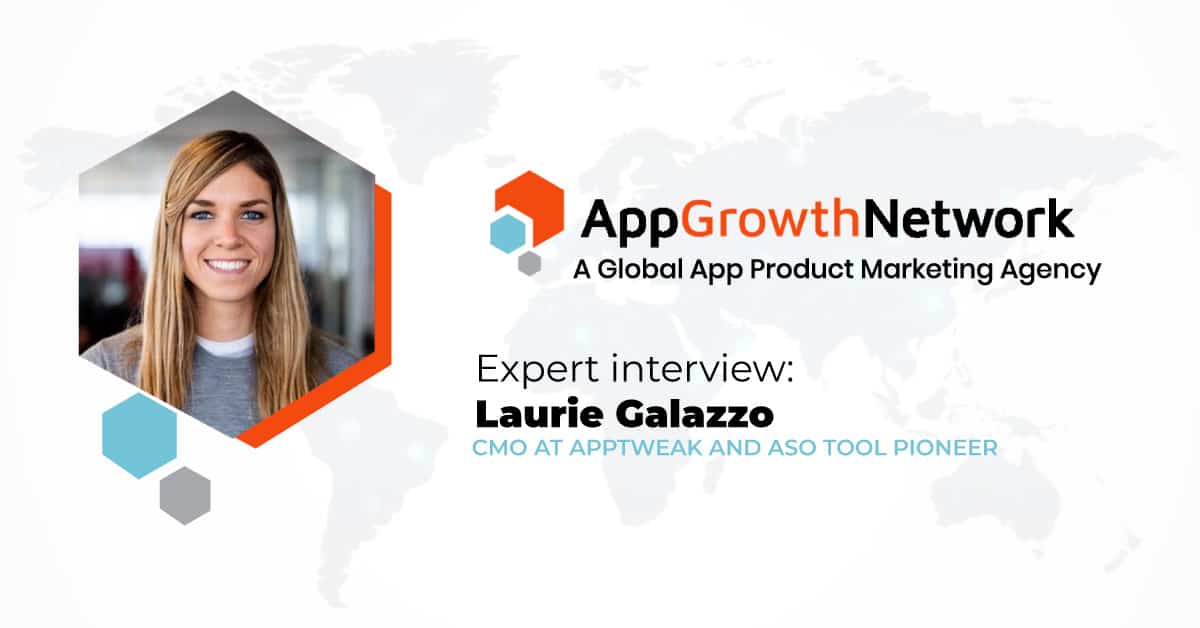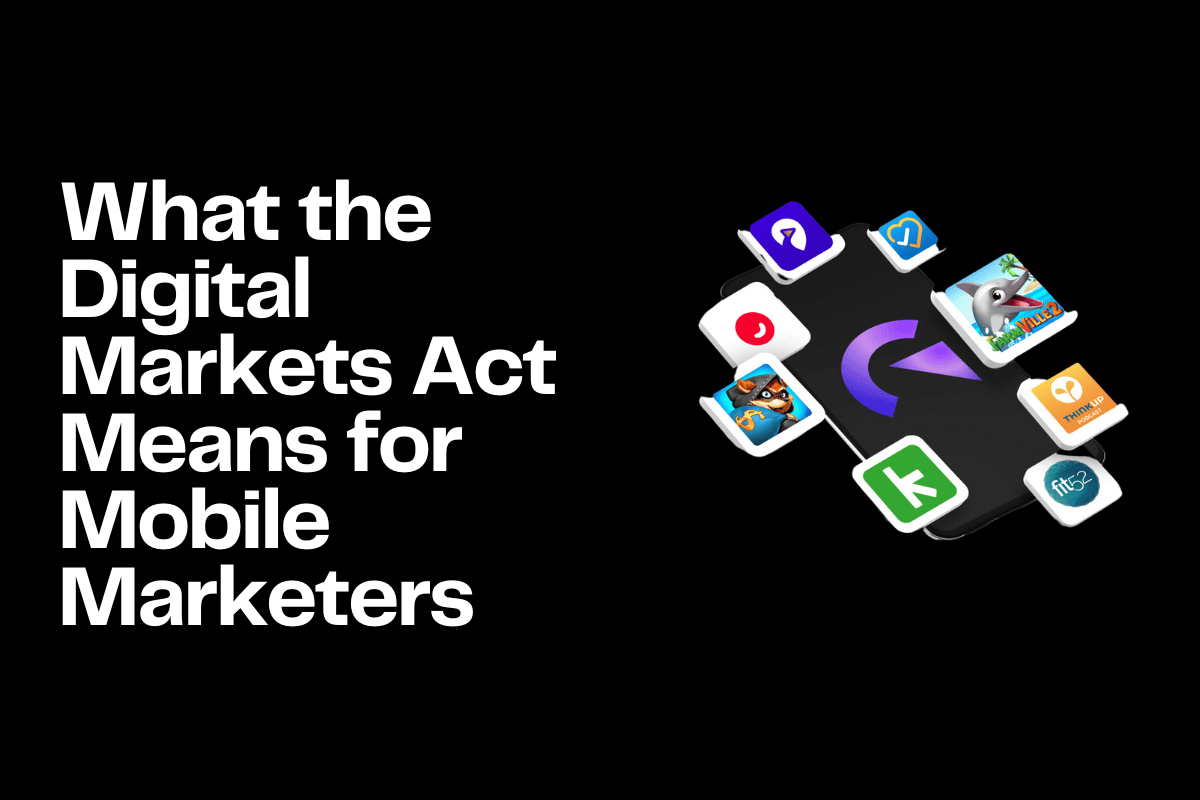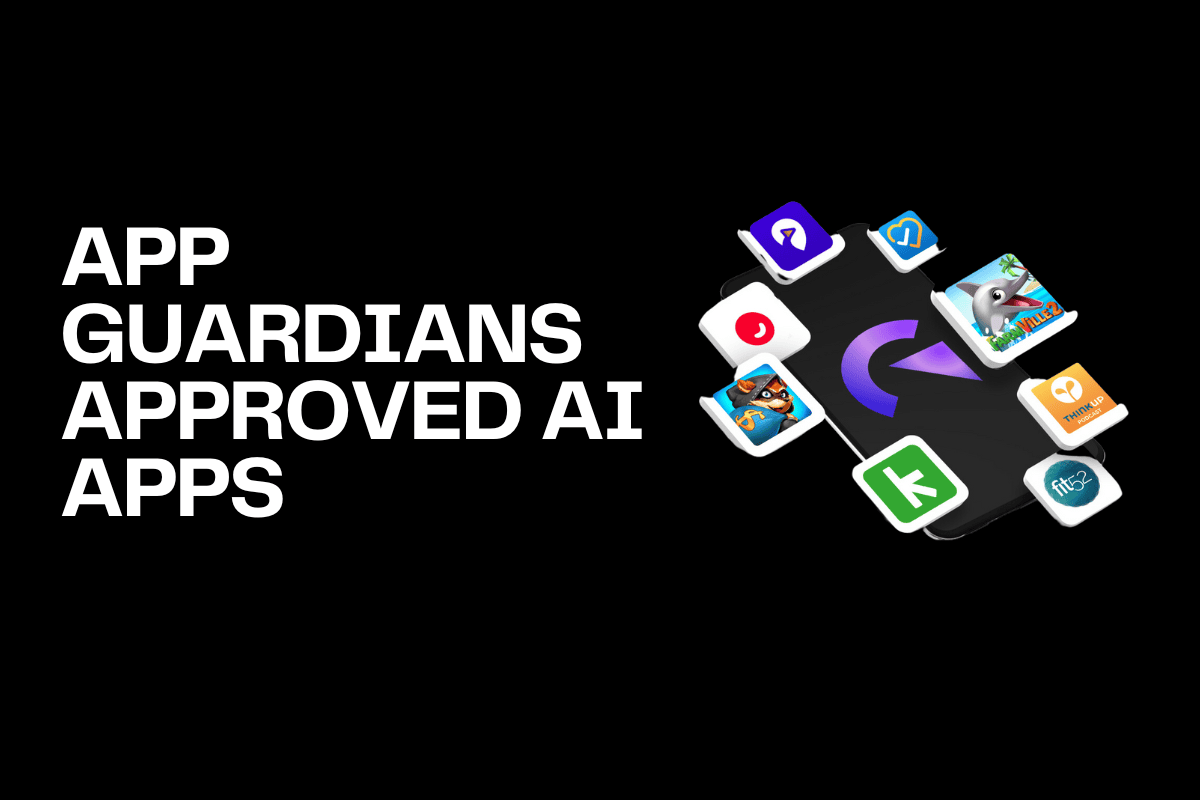Expert Interview: Laurie Galazzo
Thank you for interviewing with us Laurie,
Can you please tell us more about yourself? Did you have knowledge prior to entering the app world?
Hi everyone! I’m the CMO at AppTweak and ASO Tool pioneer. I’m passionate about new technologies and apps. I love finding new ideas to spread valuable content on App Store Optimization and App Marketing. I’ve been in the app business since 2014 — the year I joined this incredible adventure at AppTweak ASO Tool. Fun fact, AppTweak was my first job and I fell in love with the project instantly. Back then, we were only three people working full-time. My responsibilities then gradually increased as the company grew. I started as a Content Strategist then, I became the Inbound Marketing Manager. Today, I am proudly CMO and responsible for the company’s global marketing and sales strategy. With a team of 25 (still growing) and two offices (Brussels + San Francisco), my journey at AppTweak never stops evolving towards new challenges which keep getting more and more exciting.
AppTweak is an ASO Tool pioneer: it was one of the first App Store Optimization platforms launched on the market. Our challenges are multiple: understanding how to properly fetch the app stores data is definitely the biggest one. Today, our powerful tool relies on Data Science and uses the most updated and accurate data coming from the stores.
It is exciting to work in such an ever-growing business. The evolution of the app stores over the past few years has been phenomenal (either from a product perspective, users behaviors or from an ASO aspect). At AppTweak, we always renew our platform according to the latest changes and we constantly update our data to provide our users with the most relevant, up-to-date insights to make their ASO strategy a success.
Can you tell us about popular trends currently in the app industry?
We work every day with over 1000 companies and brands from all sizes (SMB, SME, and Large Enterprises) coming from various verticals (gaming, entertainment, travel, fintech, etc). We are always paying great attention to what is trending in terms of mobile app growth in our clients’ organizations and strategic funnel.
This year, we have noticed an evident increased interest in attribution, personalization, and mobile marketing data aggregation. With the growing competition, the stricter app stores guidelines, and the new opportunities to get apps discovered (Featuring; Search Ads; Stories; etc.), app companies need to keep track of their app’s acquisition, conversion, and retention performances in the most accurate way possible. With the limited number of data available, attribution is clearly one of today’s biggest challenges in the mobile app world. It is, however, crucial for apps to put together a comprehensive reporting dataset in order to make smarter decisions and have a better understanding of their business over time and for the long run.
App Store Optimization (ASO) is getting a lot of attention, no matter the size of the business. Smaller apps understand that ASO can bring an uplift to their app’s visibility in a cheaper way (organic users are “free”). Bigger companies usually have dedicated teams working on the optimization of their store listings globally (with an increasing focus on localization and personalization) as they know it is crucial for their brand image and user acquisition strategy. At AppTweak, we always try to provide with the most insightful data in order to help app marketers and developers better understand their organic reach. For example, we have built an estimation providing with the total number of monthly organic downloads a keyword brings to an app on the App Store.
New App developers seem to all want to focus on organic, but that seems to be hard to hack with low budgets unless super creative viral tactics or products. What is your philosophy here?
Indeed, new app developers have a strong focus on organic as it is the most cost-effective way to drive downloads. Plus those downloads will likely stick if they’re targeted properly (good retention rate). I am a fervent supporter of this tactic. I believe that all businesses, no matter the size, should include ASO and organic acquisition in their mobile growth strategy.
However, given the increasing competition, it is true that ASO (or other organic channels) is becoming more and more challenging for newcomers. The best results usually come from a smart combination of both paid and organic strategies where one would enhance the other
As mentioned, the key to success is to rely on accurate data and to seek the best moves that will outrank other apps step by step. For instance, ASO is an ongoing process requiring many iterations before seeing positive results (just like SEO). Some tactics will work, some won’t. It’s all about repetition and consistency in the marketing efforts. What matters is to always test and try new things. Once again, always by relying on accurate data.
Looking at an App lifecycle, at what stage do you suggest the growth teams take steps back and hyper-optimize everything or send the product back to the lab before the next push?
At every stage! The product should always be the top priority. You can have the best acquisition strategy in the world, but if your app is not offering something outstanding, you stand no chance to succeed.
Don’t get me wrong, being too much of a perfectionist can also prevent growth. At some point, you have to push your app or your update in the stores, even if it’s not 100% perfect. What matters is to constantly improve and come up with new features or a smoother UX.
At AppTweak, we are actually confronted with the same challenge. Sometimes, we release new features that are officially in V1. However, a few days or weeks later, we are already working to improve V1 for a V2. It is important to show users that you’re constantly trying to improve and bring something new to the market. V1 does not mean dysfunctional. However, one must keep in mind that crash rates and poor UX will be highly penalized by the store’s algorithms. These malfunctions would likely lead to high uninstalls rate. Always make sure that all your features are working well before the next push.
By looking at your competitors and your reviews & ratings, you’ll identify your pain points and new opportunities for improvement. We highly recommend listening to what your users say about your app and take action. Don’t forget that your users will be your best advocates if they enjoy your app.
What KPI do you look for to determine if an App is healthy?
The most effective KPI you can use to measure your app’s health & success is the retention rate. Depending on the size and nature of your business, you can look at various retention rates (7 days, 30 days, 60 days, etc.) The key focus is to invest in users retention before the acquisition.
As mentioned earlier, if your app does not offer a great experience or fails to retain and engage users effectively. It is probably time to rethink its features, design, or positioning. Your reviews and ratings are also a great indicator of success. Your average rating will give a clear indication of how “good” your app is to users. Today, an average rating under 4.0 is likely considered as a “bad quality” app. Make sure to regularly check your reviews to better understand what makes your users happy (or unhappy). Maximize and push the features that work; replace or improve the features that don’t.
Finally, you can also check your App Power on AppTweak. App Power is a clear indicator of how powerful an app is in the stores per given country. The App Power is mostly based on the app’s category rankings history (and therefore coupling downloads with reviews & ratings).
If you were to give 2-3 final tips to Growing Apps, what would those be?
Test, test, and test! We cannot insist enough on the importance of constantly testing and iterating everything around your app, including the app itself. By conducting regular tests, you will make smarter decisions. Make sure to set yourself a few KPIs before doing anything. It is crucial to measure the before/after effectively. When testing, focus on one element only so that you can easily evaluate the results.
In terms of ASO, it is crucial to constantly update your store listings (keywords and creatives) with the latest trends according to the competition. The app stores are dynamic ecosystems if you don’t adapt regularly, your app will quickly seem outdated or will lose visibility. We recommend making an ASO update every 4-6 weeks, even if it’s just to replace a single keyword with another. It is key to stay fresh to maximize your organic reach.
Want to Learn more about App Growth or the App Industry? E-mail us at hello@Appgrowthnetwork.com
Related Articles
The Digital Markets Act and the Digital Services Act are two major pieces of legislature brought forth from [...]
The artificial intelligence trend is everywhere. It’s easy to get caught up in the mix when searching for [...]
For Wellness apps, the most challenging approach is the conversion of the user from passive to active. [...]










